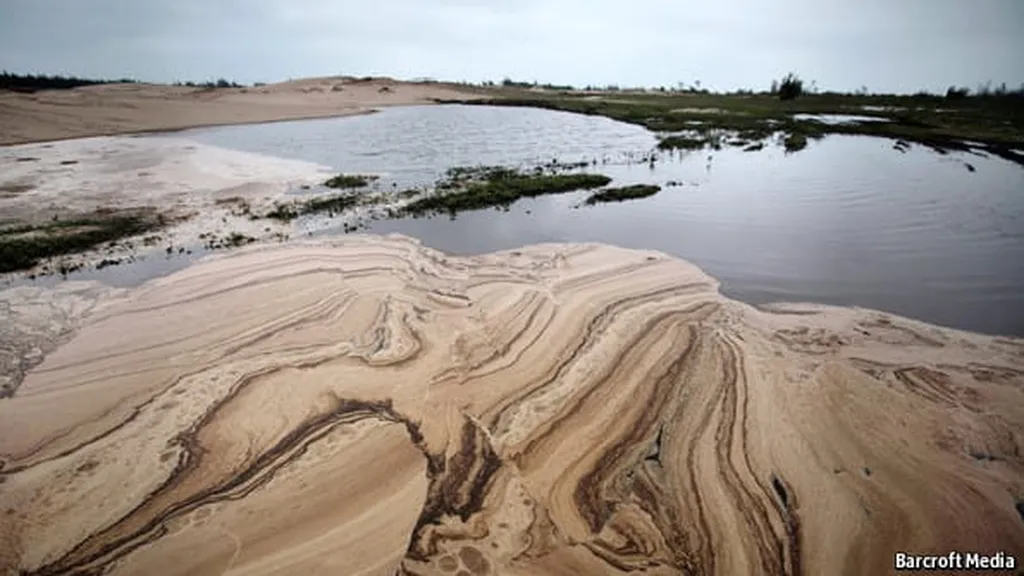In the bustling coastal waters of Wanning, Hainan Island, China, a silent story of pollution is unfolding. A recent study led by Suimiao Wang from the Haikou Marine Geological Survey Center, China Geological Survey, has shed light on the trace metal pollution lurking in the shallow marine sediments of this rapidly developing region. Published in the journal *Frontiers in Marine Science* (translated as “Marine Science Frontiers”), the research offers a crucial glimpse into the environmental impacts of human activities and could steer future pollution control measures in coastal areas.
The Wanning area, known for its vibrant coastal development and intensive aquaculture, has seen a surge in human activities that have left their mark on the marine environment. Wang and his team collected 57 surface sediment samples to assess the concentrations of seven trace metals: arsenic (As), mercury (Hg), copper (Cu), zinc (Zn), cadmium (Cd), lead (Pb), and chromium (Cr). The findings revealed that while the average concentrations of these metals generally comply with China’s Class I Marine Sediment Quality Standard, there are localized hotspots of arsenic, copper, chromium, and lead that warrant attention.
“Our study highlights the importance of understanding the sources and levels of trace metal pollution in coastal areas,” Wang explained. “This knowledge is vital for implementing targeted pollution control measures and ensuring sustainable coastal development.”
The researchers employed the Nemero multifactor pollution index to evaluate pollution levels and the Positive Matrix Factorization (PMF) model to identify the sources of these pollutants. The PMF model pinpointed four major sources of trace metal pollution: aquaculture-related fish medicine (17.9%), urban wastewater and farm feed (30.5%), agricultural pesticide use (17.3%), and maritime transportation (34.3%).
The findings underscore the significant role of human activities in contributing to trace metal pollution in the Wanning coastal area. Maritime transport, aquaculture, and agriculture emerged as the primary culprits, highlighting the need for targeted interventions to mitigate these impacts.
For the energy sector, these findings are particularly relevant. Coastal areas are often hubs for energy infrastructure, including ports, shipping lanes, and offshore energy projects. Understanding the sources and levels of trace metal pollution can help energy companies implement more effective environmental management strategies, ensuring that their operations do not exacerbate existing pollution issues.
“By identifying the key sources of pollution, we can develop more targeted and effective strategies for pollution control,” Wang noted. “This is crucial for protecting the marine environment and ensuring the sustainable development of coastal areas.”
The research also opens up new avenues for future studies. As coastal development continues to intensify, it will be essential to monitor changes in trace metal pollution levels and adapt pollution control measures accordingly. Additionally, the methods used in this study, such as the PMF model, could be applied to other coastal regions to assess and manage pollution more effectively.
In conclusion, Wang’s study serves as a wake-up call for stakeholders in the energy sector and beyond. By understanding the sources and impacts of trace metal pollution, we can take proactive steps to protect our coastal environments and ensure sustainable development. As Wang aptly put it, “The health of our coastal ecosystems is intricately linked to our own well-being. It’s time we take action to protect them.”

